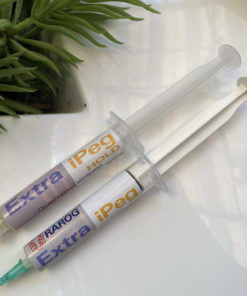-
×
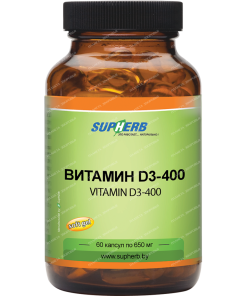 Vitamin D3-400, capsules 650 mg №60 (Vitamin D3)
1 × $29.00
Vitamin D3-400, capsules 650 mg №60 (Vitamin D3)
1 × $29.00 -
×
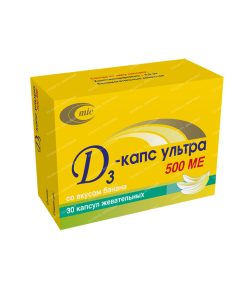 D3-CAPS ULTRA chewable capsules with banana flavor 500ME №10x3
1 × $19.00
D3-CAPS ULTRA chewable capsules with banana flavor 500ME №10x3
1 × $19.00 -
×
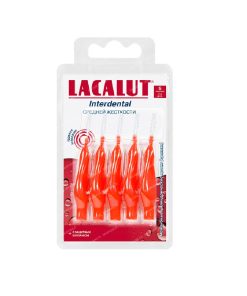 Lacalut Interdental Cylinder. brush (brush) interdental (S 2.4mm №5)
1 × $19.00
Lacalut Interdental Cylinder. brush (brush) interdental (S 2.4mm №5)
1 × $19.00 -
×
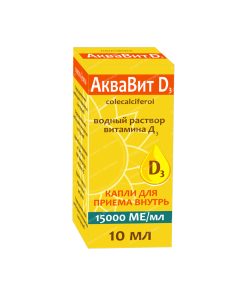 AquaVit D3 drops 15000IU/ml 10ml №1
1 × $19.00
AquaVit D3 drops 15000IU/ml 10ml №1
1 × $19.00 -
×
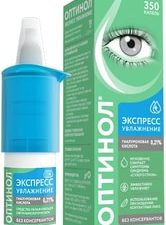 JGL Optinol Express hydration drops, 10 ml.
1 × $59.00
JGL Optinol Express hydration drops, 10 ml.
1 × $59.00 -
×
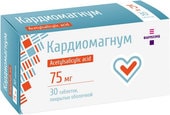 Farmland Cardiomagnum, 75 mg, 30 tablets
1 × $9.00
Farmland Cardiomagnum, 75 mg, 30 tablets
1 × $9.00 -
×
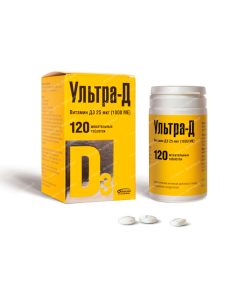 biologically active food supplement "Ultra-D Vitamin D3 25 mcg (1000 IU)" ("Ultra-D Vitamin D3 25 mkg (1000 IU)") (425 mg chewable tablets) (Vitamin D3)
1 × $59.00
biologically active food supplement "Ultra-D Vitamin D3 25 mcg (1000 IU)" ("Ultra-D Vitamin D3 25 mkg (1000 IU)") (425 mg chewable tablets) (Vitamin D3)
1 × $59.00 -
×
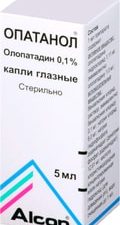 Alcon Opatanol Drops, 0.1%, 5 ml.
1 × $37.50
Alcon Opatanol Drops, 0.1%, 5 ml.
1 × $37.50 -
×
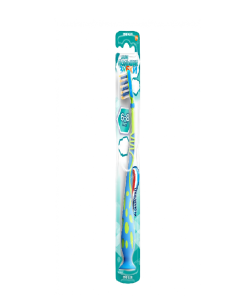 Aquafresh Toothbrush My big teeth (Aquafresh My big teeth)
1 × $19.00
Aquafresh Toothbrush My big teeth (Aquafresh My big teeth)
1 × $19.00 -
×
 COMBI-RELAX Pillow with 2 Buckwheat Hull Rollers
1 × $79.00
COMBI-RELAX Pillow with 2 Buckwheat Hull Rollers
1 × $79.00 -
×
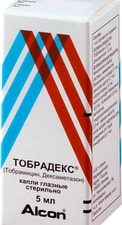 Alcon Tobradex Drops, 5 ml.
1 × $39.00
Alcon Tobradex Drops, 5 ml.
1 × $39.00 -
×
 Health Anaprilin-Health, 40 mg, 50 tablets.
1 × $9.00
Health Anaprilin-Health, 40 mg, 50 tablets.
1 × $9.00 -
×
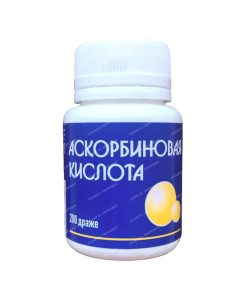 Ascorbic acid dragee 250mg №200
1 × $9.00
Ascorbic acid dragee 250mg №200
1 × $9.00 -
×
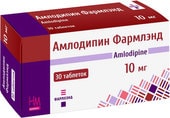 Farmland Amlodipine Farmland, 10 mg, 30 tablets
1 × $19.00
Farmland Amlodipine Farmland, 10 mg, 30 tablets
1 × $19.00 -
×
 Polpharma Enarenal, 5 mg, 20 tablets
1 × $9.00
Polpharma Enarenal, 5 mg, 20 tablets
1 × $9.00 -
×
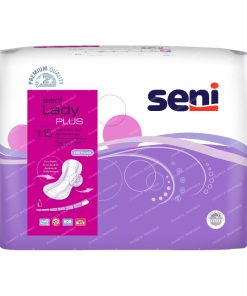 SENI LADY plus Urological pads 15 pcs
2 × $19.00
SENI LADY plus Urological pads 15 pcs
2 × $19.00 -
×
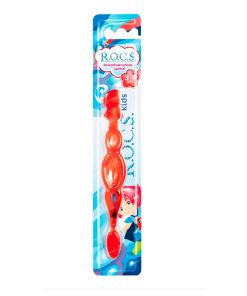 ROCS Toothbrush Kids for children from 3 to 7 years old (soft)
1 × $19.00
ROCS Toothbrush Kids for children from 3 to 7 years old (soft)
1 × $19.00 -
×
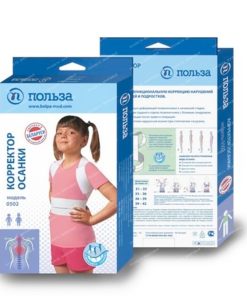 Posture corrector size 1 model 0502 (white)
1 × $29.00
Posture corrector size 1 model 0502 (white)
1 × $29.00 -
×
 KRKA Enap-NL, 10 mg / 12.5 mg, 20 tab.
2 × $19.00
KRKA Enap-NL, 10 mg / 12.5 mg, 20 tab.
2 × $19.00 -
×
 Borimed Aspicard, 75 mg, 50 tablets
1 × $9.00
Borimed Aspicard, 75 mg, 50 tablets
1 × $9.00 -
×
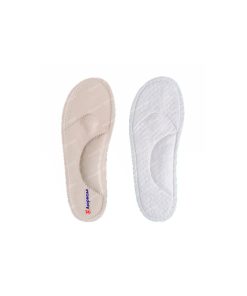 Insoles Ayurveda 1B size 17 (combined)
1 × $9.00
Insoles Ayurveda 1B size 17 (combined)
1 × $9.00 -
×
 Madaus Repar Gel H 40 g
2 × $39.00
Madaus Repar Gel H 40 g
2 × $39.00 -
×
 Rompharm Gilart solution, 15 mg / ml, 2 ml
1 × $100.00
Rompharm Gilart solution, 15 mg / ml, 2 ml
1 × $100.00 -
×
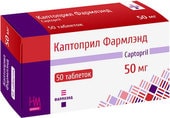 Farmland Captopril Farmland, 50 mg, 50 tablets
1 × $19.00
Farmland Captopril Farmland, 50 mg, 50 tablets
1 × $19.00 -
×
 POMA Set of toys "Kitten and his friends", 4 pcs, 3 years +
1 × $49.00
POMA Set of toys "Kitten and his friends", 4 pcs, 3 years +
1 × $49.00 -
×
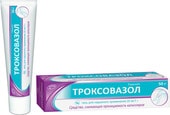 Pharmaceutical technology Troxovazole gel, 20 mg / g, 50 g.
1 × $9.00
Pharmaceutical technology Troxovazole gel, 20 mg / g, 50 g.
1 × $9.00 -
×
 Berlin-Chemie Menarini Burlipril 10, 10 mg, 30 tablets
1 × $19.00
Berlin-Chemie Menarini Burlipril 10, 10 mg, 30 tablets
1 × $19.00 -
×
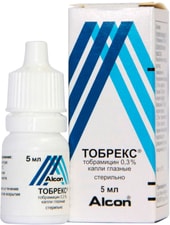 Alcon Tobrex Drops, 0.3%, 5 ml.
1 × $39.00
Alcon Tobrex Drops, 0.3%, 5 ml.
1 × $39.00 -
×
 PHS Pharmstandard Validol-Pharmstandard, 60 mg, 10 tablets
1 × $9.00
PHS Pharmstandard Validol-Pharmstandard, 60 mg, 10 tablets
1 × $9.00 -
×
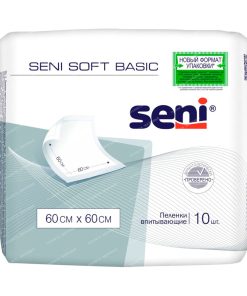 Seni Soft Basic Disposable diapers 60*60 cm (absorbent), 10 pcs
1 × $29.00
Seni Soft Basic Disposable diapers 60*60 cm (absorbent), 10 pcs
1 × $29.00 -
×
 Belmedpreparations Levofloxacin drops, 5 mg / ml, 5 ml.
1 × $19.00
Belmedpreparations Levofloxacin drops, 5 mg / ml, 5 ml.
1 × $19.00 -
×
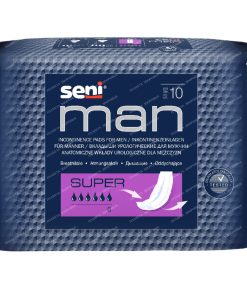 SENI MAN Super Urological inserts for men, 10 pcs
1 × $19.00
SENI MAN Super Urological inserts for men, 10 pcs
1 × $19.00 -
×
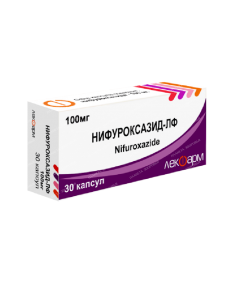 Nifuroxazide-LF capsules 100mg №10x3
1 × $19.00
Nifuroxazide-LF capsules 100mg №10x3
1 × $19.00 -
×
 Medical compression tights m.5002 1 class. R.2 (S) height2 black
1 × $59.00
Medical compression tights m.5002 1 class. R.2 (S) height2 black
1 × $59.00 -
×
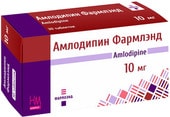 Farmland Amlodipine Farmland, 10 mg, 60 tablets
1 × $29.00
Farmland Amlodipine Farmland, 10 mg, 60 tablets
1 × $29.00 -
×
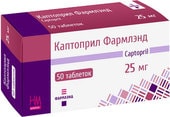 Farmland Captopril Farmland, 25 mg, 50 tablets
1 × $9.00
Farmland Captopril Farmland, 25 mg, 50 tablets
1 × $9.00 -
×
 Farmland Glucose solution, 50 mg / ml, 500 ml.
1 × $9.00
Farmland Glucose solution, 50 mg / ml, 500 ml.
1 × $9.00 -
×
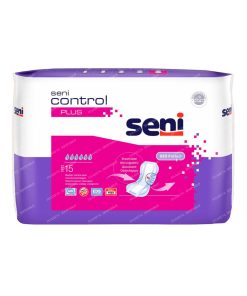 SENI CONTROL Urological pads in size SUPER 15 pcs
1 × $19.00
SENI CONTROL Urological pads in size SUPER 15 pcs
1 × $19.00 -
×
 TePe Interdental brushes (Angl №2, on a long handle 6pcs in a blister, 05mm)
1 × $39.00
TePe Interdental brushes (Angl №2, on a long handle 6pcs in a blister, 05mm)
1 × $39.00 -
×
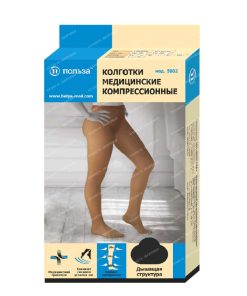 Medical compression tights m.5002 1 class. R.4 (L) height2 black
1 × $59.00
Medical compression tights m.5002 1 class. R.4 (L) height2 black
1 × $59.00 -
×
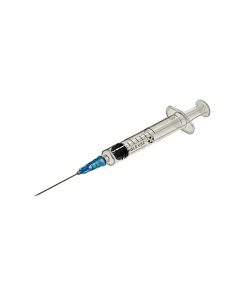 Syringe erased. one time injectable 2.0ml with 23G x 1 1/4" needle (0.6mm x 30mm)
1 × $9.00
Syringe erased. one time injectable 2.0ml with 23G x 1 1/4" needle (0.6mm x 30mm)
1 × $9.00 -
×
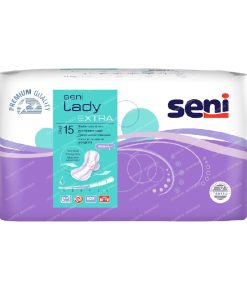 SENI LADY extra Urological pads 15 pcs
1 × $19.00
SENI LADY extra Urological pads 15 pcs
1 × $19.00 -
×
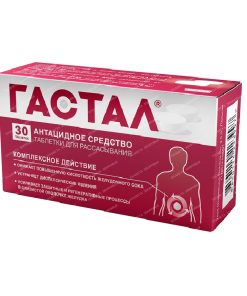 Gastal pills №6x5
1 × $19.00
Gastal pills №6x5
1 × $19.00 -
×
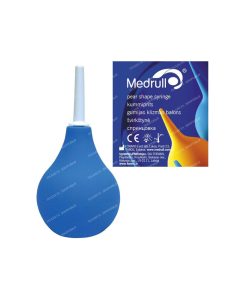 Medrull syringe type B with solid tip B-1 volume 35ml
1 × $9.00
Medrull syringe type B with solid tip B-1 volume 35ml
1 × $9.00 -
×
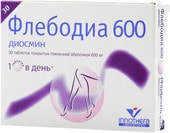 Innothera phlebodia 600, 600 mg, 30 tablets
1 × $68.00
Innothera phlebodia 600, 600 mg, 30 tablets
1 × $68.00 -
×
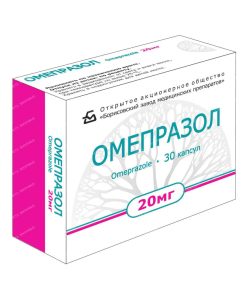 Omeprazole capsules 20mg №10x3
1 × $9.00
Omeprazole capsules 20mg №10x3
1 × $9.00 -
×
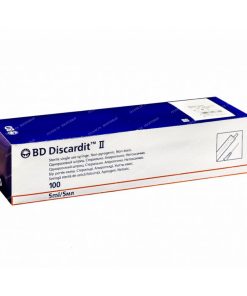 Syringe two-component BD Discardit II 5 ml with a needle 22G x 1 1/2
1 × $9.00
Syringe two-component BD Discardit II 5 ml with a needle 22G x 1 1/2
1 × $9.00 -
×
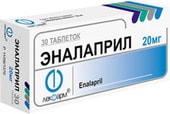 Lekpharm Enalapril, 20 mg, 30 tablets
1 × $9.00
Lekpharm Enalapril, 20 mg, 30 tablets
1 × $9.00 -
×
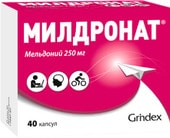 Grindex Mildronate, 250 mg, 40 caps.
2 × $49.00
Grindex Mildronate, 250 mg, 40 caps.
2 × $49.00 -
×
 Sandoz lisirazide, 10 mg / 12.5 mg, 30 tab.
1 × $29.00
Sandoz lisirazide, 10 mg / 12.5 mg, 30 tab.
1 × $29.00 -
×
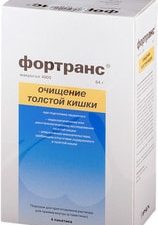 Ipsen Fortrans Powder, 4 Pak.
1 × $51.00
Ipsen Fortrans Powder, 4 Pak.
1 × $51.00
Subtotal: $1,535.50
 Free worldwide shipping on orders $99+
Free worldwide shipping on orders $99+  US: temporary delays — postal services aligning new import rules,
US: temporary delays — postal services aligning new import rules,  EU: 1–2 weeks,
EU: 1–2 weeks,  Worldwide: 1–4 weeks
Worldwide: 1–4 weeks 



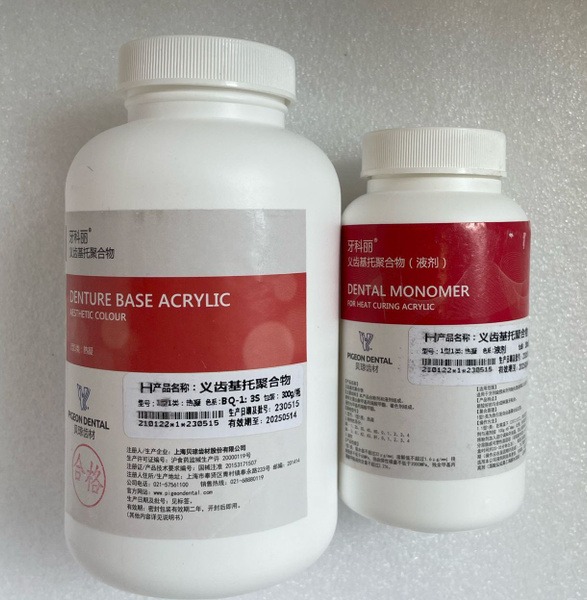

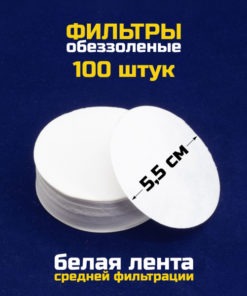
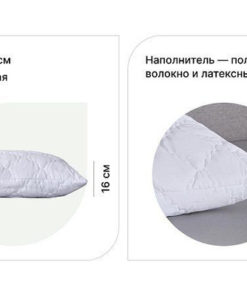

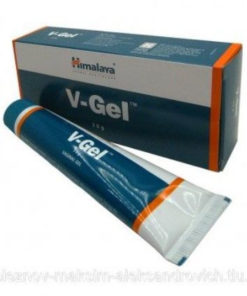
![Smith Frequency 086: [Relevant Keyword] Guide](https://globalhealingweb.com/wp-content/uploads/2024/11/6295017024-247x296.jpg)
